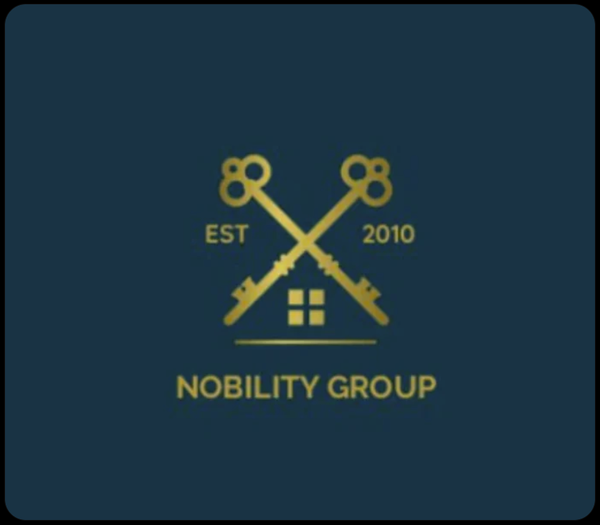
How to Start a Global eCommerce Business in 2025 – Step-by-Step for Beginners
Share
Here's a complete, step-by-step guide on how to start an eCommerce business globally in 2025 — whether you're selling physical products, digital services, or dropshipping:
🌍 How to Start an eCommerce Business Globally in 2025
🔑 Step 1: Choose the Right Business Model
Pick a model based on your skills, budget, and goals:
-
Dropshipping – Low-cost, low-risk. No inventory needed.
-
Private Label – You create your own branded products (higher profit margins).
-
Print-on-Demand – Sell custom t-shirts, mugs, etc.
-
Digital Products – Sell courses, eBooks, templates, or software.
-
Wholesale – Buy in bulk, sell retail.
-
Subscription Box – Recurring revenue with curated product boxes.
✅ Tip: If you're a beginner, start with dropshipping or print-on-demand.
🌐 Step 2: Choose a Global Niche
You need a niche that works across cultures and countries:
-
Evergreen (e.g., fitness, fashion, pets, home decor)
-
Passion-driven (e.g., gaming, anime, beauty, tech gadgets)
-
Problem-solving (e.g., posture correctors, language tools)
Use tools like Google Trends, TikTok Creative Center, and Amazon Best Sellers to spot global trends.
🛒 Step 3: Pick a Selling Platform
Choose the best platform for your business:
-
Shopify – Best for building your own global brand
-
WooCommerce (WordPress) – More customizable, but technical
-
Amazon FBA – Tap into global traffic instantly
-
TikTok Shop – Perfect for Gen Z products
-
Etsy – Great for handmade, vintage, or artsy products
-
eBay – Ideal for global reach with used/new items
💼 Step 4: Register Your Business
To go global, you’ll need:
-
A legal business entity (LLC, LTD, etc.)
-
International payment gateway (Stripe, PayPal, etc.)
-
Multi-currency support
-
Optional: Trademark protection for your brand
🌍 Step 5: Set Up a Global-Friendly Website
-
Use Shopify or WooCommerce
-
Enable multiple currencies and shipping zones
-
Translate site to key languages (e.g., English, Spanish, Arabic)
-
Use global-friendly payment methods
-
Offer international shipping (via DHL, FedEx, or 3PLs)
Bonus: Use apps like Langify (Shopify) or Weglot to auto-translate.
🚚 Step 6: Sort Out Global Fulfillment
For smooth operations:
-
Use fulfillment centers (like ShipBob, Amazon FBA)
-
Or choose dropshipping suppliers with global reach (like CJ Dropshipping, Zendrop, or Spocket)
-
Track delivery times, customs duties, and return policies per country
💳 Step 7: Enable Global Payments
Integrate:
-
Stripe – credit cards worldwide
-
PayPal – trusted worldwide
-
Wise – for multi-currency banking
-
Apple Pay & Google Pay – fast checkouts
📢 Step 8: Create a Global Marketing Strategy
Focus on platforms with international reach:
-
TikTok Ads – Go viral globally with trending videos
-
Meta Ads (Facebook & Instagram) – Target users by region, language, and behavior
-
Google Shopping & YouTube Ads – High intent buyers
-
Influencer Marketing – Work with global creators on TikTok & Instagram
-
Email Marketing – Use Klaviyo, Mailchimp to automate revenue
📦 Step 9: Offer Exceptional Customer Experience
-
Provide 24/7 customer support using tools like Zendesk or Tidio
-
Have a global FAQ/help center
-
Include tracking info, easy refunds, and responsive support
-
Build trust with social proof and reviews
📊 Step 10: Scale & Optimize
-
Analyze data (Google Analytics, Meta Ads dashboard, Shopify reports)
-
Expand into more countries/languages
-
Test upsells, bundles, subscriptions
-
Add a loyalty or referral program
🔥 Pro Tips for Going Global
-
Use Geo-targeting tools to personalize content by country
-
Offer Buy Now, Pay Later options like Klarna or Afterpay
-
Use AI tools to automate ads, copywriting, and customer service
-
Study global competitors and reverse-engineer their strategies
🌟 Final Thought:
You don’t need to be a tech wizard or have a massive budget to start a global eCommerce business in 2025. With the right tools, a viral product, and smart marketing — you can build a brand that sells worldwide.
